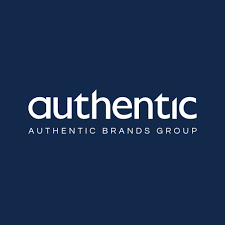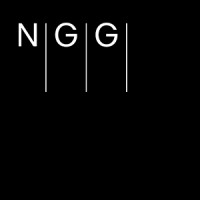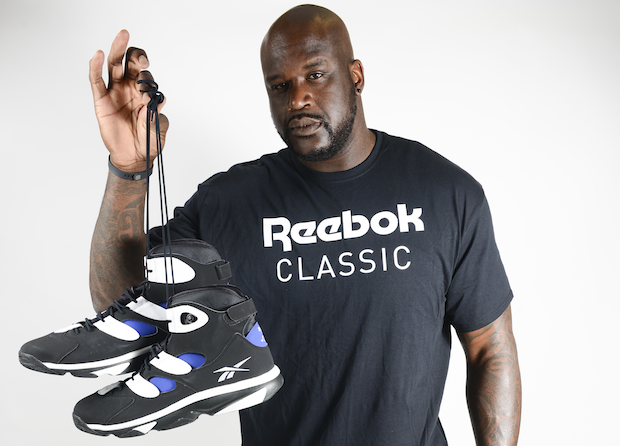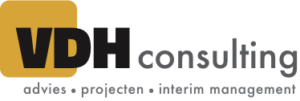Consulting & Project
Operations Lead, Reebok Europe at New Guards Group
In February 2022 I reconnected with a friend and colleague from the early Nike days, an accomplished business leader in the industry, and an Italian national. He had been retained to lead a large project for the New Guards Group (NGG) in Milan, and he asked me to help out. The task was to carve out the Reebok business from Adidas in Europe, and to stand up a new entity for NGG to run this business by May 2023!
Some background:

Reebok is a heritage brand that briefly dominated the sporting goods industry in the 80’s as it capitalized on the fitness/aerobics boom and expanded through basketball and tennis (think Shaquille O’Neal and Venus Williams). It was acquired by adidas in 2006 for $3.8B, mostly for their prized US professional sports leagues contracts (NBA, NFL and NHL), which was adidas’ attempt to challenge Nike in the US market. However, they lost the NFL contract (to Nike) in 2012 and integrated the NBA and NHL contracts under the adidas brand. As a result, the Reebok brand became a fitness and lifestyle brand, losing much of its value over time.

In 2021, Authentic Brands Group (ABG) bought the Reebok brand from adidas, for $2.5B, as they do with many other troubled brands (e.g. Boardriders, Eddie Bauer, Nautica). They decided to pick up the North America sales and distribution themselves (in a joint venture with the Simon Property Group) and to license out the business for the rest of the world. Shortly after, NGG (brokered by mother company Farfetch) signed the deal with ABG to obtain the distribution license for the European market. The deal included a fixed annual royalty fee and the obligation to buy product through ABG at FOB + 10%.

NGG, founded in 2015, is a leading brand incubator and retail & operations platform at the intersection of luxury and streetwear. With Off-White, Palm Angels and five other brands, they carved out a profitable niche by allowing designers to focus on their craft while handling all development, production, logistics and global (e-)retail for them. The company was acquired by Farfetch (FF) in 2019 for ~$675M. Farfetch plc, at that time, was the leading global luxury fashion e-commerce platform, listed on the New York Stock Exchange, with a market value of approx. $23B at its peak in early 2021.
So, I started in March 2022 with consulting work, including what Reebok Europe would need in terms of operations (processes, organization, people, infrastructure) and related systems. This was followed by an assessment of NGG’s existing operational setup (teams, capabilities, logistics setup), and advice on potential synergies. Lastly, with the full task force we developed the end-to-end business model and operating principles for the Reebok Europe business. The task force included expert consultants for all functional domains, including Brand, Product, Sales (wholesale), Digital (e-commerce), Operations (me), Finance and HR. As an interim leadership team, we also received project support from KPMG Italy.
As a task force, in June 2022, we presented the operating model and recommendations of the first phase to the NGG board and received sign-off. The main outcome was that outside some shared service support (HR, IT, Finance) NGG did not have the resources and systems to run the Reebok business, and that a full-fledged, new business unit had to be built from the ground up (NGGH++), including new staff of approx. 120 people and a new ERP.
This meant that by mid-June we went into project mode and quickly had many deliverables to get after. The Operations function was going to consist of three functions: Planning & Analytics, Customer Operations, and Logistics. The first two were going to be based in Milan, together with all other functions at the Reebok Europe headquarters. For Logistics, the prime job was to determine the location of the new Distribution Center (DC). FF/NGG had two in Italy but these did not have the capacity or capabilities to take on the Reebok volume and service needs… 15-20M units per year and Value Added Services (VAS) for at least 20-30 key accounts.
Together with Logistics Strategy & Design experts at FF we landed on 3 possible locations, while considering several decision parameters:
| Location | + | – |
| 1. Benelux | • Close to large European seaports • Central in EU & UK markets >> lower distribution cost • Wide offer of existing locations | • Mid to high personnel cost • High cost of lease |
| 2. Germany | • Central in EU markets • Good offer of existing locations | • Less close to European seaports • High personnel cost (unionized) • Mid to high cost of lease |
| 3. Poland | • Low personnel cost • Low cost of lease | • Not close to European seaports • Not in the center of major northwest • European markets • Smaller offer of existing locations |
With these locations in mind, and with support of the FF Procurement team we ran a tender with initially seven, and in the final round three potential logistics providers. As we looked for existing sites that could ramp up operations within 5-6 months, there were no ideal solutions. After careful review we selected GXO and a 47,000 sqm location in Wessem and Roermond, in the far south of the Netherlands, not far from the German border. The Wessem location would do all inbound receiving, put-away and storage, while Roermond would do all the picking & packing, VAS, outbound and returns, both for wholesale and e-commerce orders.

By the time we signed the contracts (Sep/Oct) both locations still had to be finished but GXO managed to get the racks into Wessem and pick walls, pack tables, etc. into Roermond, as well as the staff, before we started receiving the first PO’s from Asia in February 2023. Yet, we still needed to connect their WMS to our ERP!
Back to Milan and the summer of 2022 (and know that August is always an extremely quiet month in Italy, businesswise) … I had a few other deliverables to concern myself with. In the simplest of terms:
- Hiring people
- Defining processes
- Setting up systems
- Testing, training and go-live
- Making it stick…
After several meetings with the adidas carve out leaders we landed on May 1st, 2023, as the cutover date. Until that date, adidas would still service the business for us (deliver SS23 to accounts and take their FW23 orders). But already by November 2022 we had to start buying for FW23 ourselves. Adidas would help with the demand plans and give us the latest sales order data and stock positions, but we had to calculate our supply needs and place the PO’s. So, I needed a Planning team, fast. And a customer service team shortly after.
Again, Farfetch was able to provide support. By then, I had built a good relationship with its COO and some of his senior leaders. In the short term, one of their analysts was made available to help me with working through the large adidas data files and calculating supply plans and PO’s. For the long run, the FF recruitment team stepped in to provide their precious support. I wrote job descriptions for 2 director roles, 3 manager roles, and for the planners, analysts and CS agents we were going to need. They posted the JD’s, screened candidates, set up interviews and made the job offers. For a while, I had at least 1 or 2 interviews every week. We hired our first planner (and NGGH++ employee #1) by December 1st, and 28 others would follow between January and June of 2023.
As for processes, I’ve had a long career in predominantly Planning roles, so I created those process flow charts and descriptions myself. Early on, I also decided not to invest time and money on planning software… we could start without and, if needed, add tools later. For Customer Ops I pinged a former Nike colleague to help me set up the processes and workflows. She supported me on a consulting basis for 4 months, until the new Customer Ops Director started – a brilliant guy from adidas who took this work forward and into the new ERP with great speed and dedication.
The ERP, Microsoft Dynamics365, was chosen for us. FF was already on it, and their IT team able to support it, and NGG was scheduled to switch to it as well. So, Reebok Europe was going to be the first NGG entity to adopt it. (Interesting detail: NGG’s New Luxury business never made the switch!) The ERP would of course be the basis for all accounting and transactional processes (SO’s, PO’s, deliveries, invoices, etc.), making Finance, Sales and Ops the main stakeholders. It also needed integrations with the e-commerce front end (FPS by FF) and the WMS (of GXO). I could write another few pages about the intricacies of designing and implementing an ERP tool, but let’s suffice here with saying that it probably was the biggest challenge of them all, as usual.
- I worked through it with an IT implementation team of KPMG.
- I had experience with SAP, not D365, which influenced my expectations.
- The system development took longer than planned, leaving less time for testing.
- Testing gave us more issues than we hoped, especially on the WMS integrations.
Still, the entire team delivered an MVP (minimum viable product) before May 1st, and we were ready to go.

Since February, we had been receiving product, of our own PO’s, at the Wessem DC. In March and April we ramped up, by also transferring inventory from 7 adidas DC’s across Europe to ours. In the last week of April, adidas shut down operations and transferred their data to us. On May 1st, 2023, we started processing and shipping out our first orders.
👉 Interested in hearing more about the first months after go-live? Feel free to reach out!
More about:
Consulting | Projects
